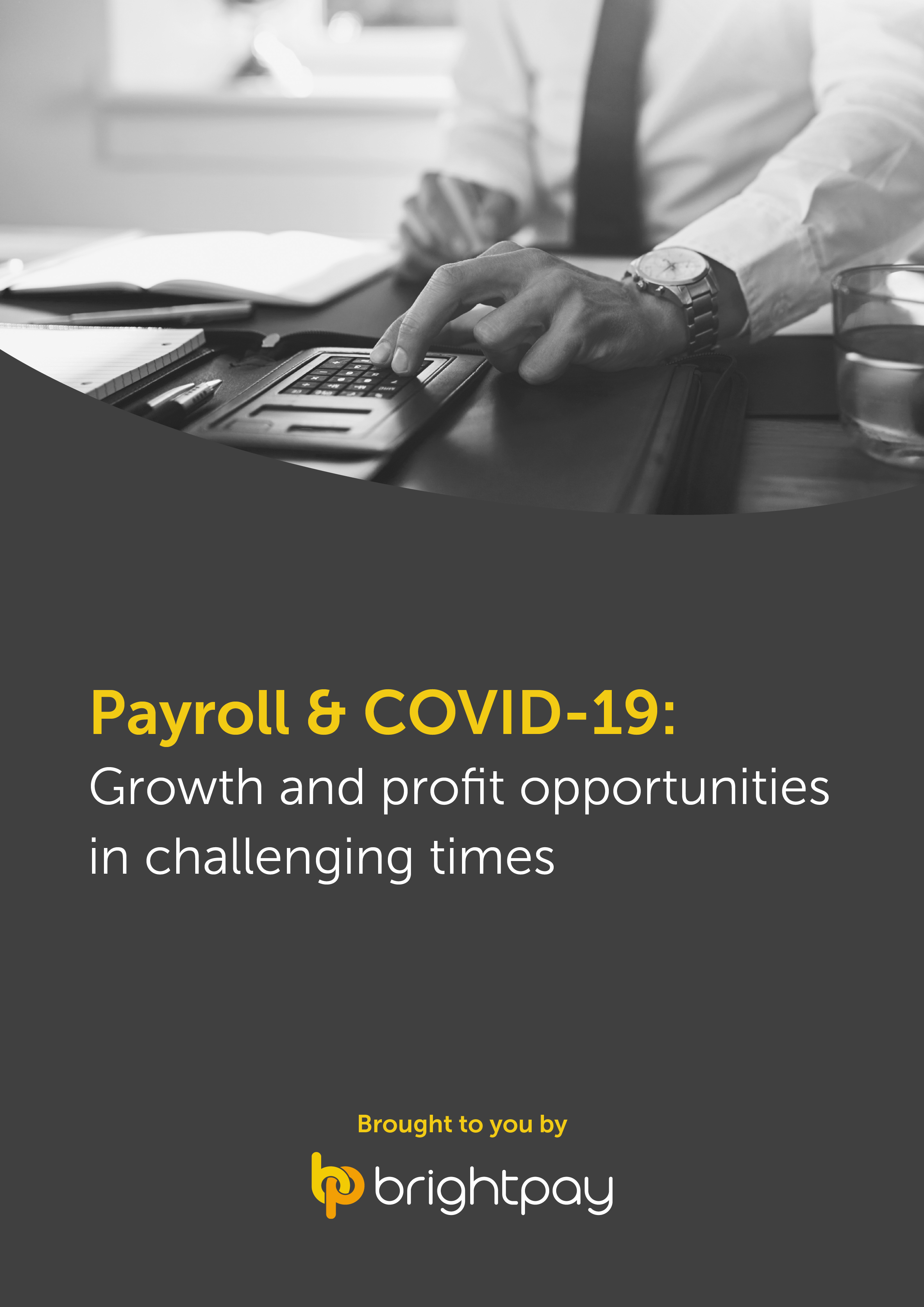Jul 2021
8
Employer contribution to furlough – what happens if their pay has changed?
Although lockdown restrictions are continuing to ease, many businesses are still dependant on the Coronavirus Job Retention Scheme for paying their employees. The latest HMRC figures show that 2.4 million people still relied on the furlough scheme for their income at the end of May 2021. Although numbers continued to fall in June, it is estimated that there are now between 1.3 million and 1.9 million people on the scheme.
New rules since 1st July mean that employers are now required to pay 10% of their employees' wages to make up 80% of their pay (up to a maximum of £2,500 per month), with the government contribution now reduced to 70% of the employee’s wages.
But now that employers have the added expense of contributing to wage costs, they are looking for more clarity on how their employees' wages are calculated for the purposes of furlough.
Calculating Employee’s Furlough Pay
There are different calculations to consider when calculating your employee’s usual wages for furlough, depending on whether they work fixed or variable hours:
- Employees on fixed hours - You must work out 80% of the employee's usual wage by looking at the wages payable to your employee in the past pay period ending on or before the employee’s reference date.
- Employees on variable hours - How you work out the usual wages for employees with variable hours also depends on their reference date. You must also take the lookback period into consideration.
Click here to find out more about furlough reference period rules.
Calculating furlough when their pay has changed
Regardless of what the employee’s pay is now, you must still use the wages payable in the relevant reference period when calculating their furlough pay. The majority of employees have a 19th March 2020 reference date, i.e. those who were eligible for furlough under the original scheme, regardless of whether or not they were actually placed on furlough at that time.
For employees who are paid minimum wage, there have been two increases to the National Minimum Wage rate since 19th March 2020. While employees must be paid the new rate for hours worked (or doing work-related training), the furlough pay is still calculated on the wages payable in the reference period, even if this means that their hourly rate will fall below minimum wage.
Read: Minimum Wage Increases and Furlough: What Happens Now?
Regardless of the National Minimum Wage, where employees pay has increased (for example if they got a promotion or an annual wage increase), the wages payable at the reference period must still be used when calculating the 80% of wages.
On the other hand, where an employees pay has been reduced, for example if there has been a slowdown in business and the employee is now working fewer hours, again the reference period must still be used. Therefore, in this scenario, the employee’s furlough pay may, in fact, work out much higher than the wages they would be earning if they weren’t on furlough.
Furlough Calculations Made Easy
BrightPay provides functionality to calculate and apply furlough pay to an employee's payslip, and this includes support for flexible furlough. By entering in the employee’s usual hours worked and the actual hours worked into BrightPay, the software will automatically calculate the pro-rated subsidy. For more information, you can also view HMRC’s help guidance for examples of how to work out 80% of your employee’s usual wage.
Free Furlough Webinar
Join BrightPay for a free webinar on 28th July where their team of payroll and HR experts discuss recent changes to the furlough scheme and the challenge of reference periods. There will also be a live Q&A session to answer any questions that you may have.
Limited Places Remaining – Click here to reserve your place.
Mar 2021
31
Furlough extension: How the rules are changing
The furlough scheme has once again been extended, this time until the end of September 2021. The rules in relation to scheme eligibility, the levels of subsidy support, and the reference period used for newly eligible employees are all due to change between now and September.
Levels of Subsidy Support
1st November 2020 to 30th June 2021
Under the existing scheme rules, employers can claim grants covering 80% of wages up to a cap of £2,500 for the hours an employee is not working. Where the employee is not working, the employer does not have to contribute towards wages for unworked hours, but they are responsible for paying employer NICs and pension contributions. Where an employee is on flexible furlough, or also known as partial furlough, employers have to pay full pay for any hours worked.
The Government subsidy will continue at this level until 30th June 2021, but from 1st July, employers will be asked to contribute a percentage of their employees' wages as the scheme winds down.
1st July 2021 to 30th September 2021
For the month of July, the Government will contribute 70% of wages up to a maximum of £2,187.50 per month for unworked hours. The employer will also have to contribute 10% of wages so that the employee receives 80% of their usual wages for any hours not worked, (up to the cap of £2,500).
For August and September, the Government subsidy will drop to 60% up to a cap of £1,875 per month, with the employer having to top up the additional 20% so that the employee receives 80% of their wages (again, up to the cap of £2,500).
Employers must continue to pay the employer NICs and pension contributions on the Government subsidy for the hours not worked. Employers can also continue to choose to top up their employees’ wages above the 80% total and £2,500 cap for the hours not worked at their own expense.
Scheme Eligibility
On or before 30th April 2021
For periods ending on or before 30th April 2021, you can claim for employees who were employed on 30th October 2020, as long as you have made an RTI submission to HMRC between 20th March 2020 and 30th October 2020, notifying HMRC of a payment made to that employee.
Employees made redundant, or who stopped working for you, after 23rd September 2020 can be rehired and placed on furlough under the scheme up until 30th April 2021. This is allowed as long as the employee was employed as of 23rd September 2020 and included in an RTI submission between 20th March 2020 and 30th October 2020.
On or after 1st May 2021
For periods starting on or after 1st May 2021, you can claim for employees who were employed on 2nd March 2021, as long as they were notified to HMRC on an RTI submission between 20th March 2020 and 2nd March 2021. You do not need to have previously claimed for an employee before the 2nd March 2021 to claim for periods starting on or after 1st May 2021.
The Government has not yet produced guidance for calculating hours for workers who were first on the payroll after 30th October 2020 but will do so shortly. This will only be relevant for workers furloughed for the first time from 1st May 2021 onwards.
Free Furlough Webinar
Join the BrightPay team for a free webinar where they explore the upcoming changes to the furlough scheme, how BrightPay payroll software caters for CJRS and furlough, and answer any questions that you may have.
Related Articles:
Mar 2021
9
Making the move to BrightPay: The time is now!
As we approach the new 2021/22 tax year, many accountants are evaluating whether they are using the right payroll software to suit their client's needs. There are so many payroll software providers on the market that choosing the right one for your practice can become overwhelming. To make it easier for you, we have summarised the key reasons why hundreds of accountants are switching to BrightPay.
Multi-User Remote Access
All BrightPay licences can be installed on up to 10 PCs, and this means that payroll processing is possible by up to 10 users, or from 10 different locations. In conjunction with BrightPay Connect, BrightPay has a new ‘version checking’ feature when opening an employer, and an ‘other users check’ when opening an employer to prevent the risk of conflicting payroll copies.
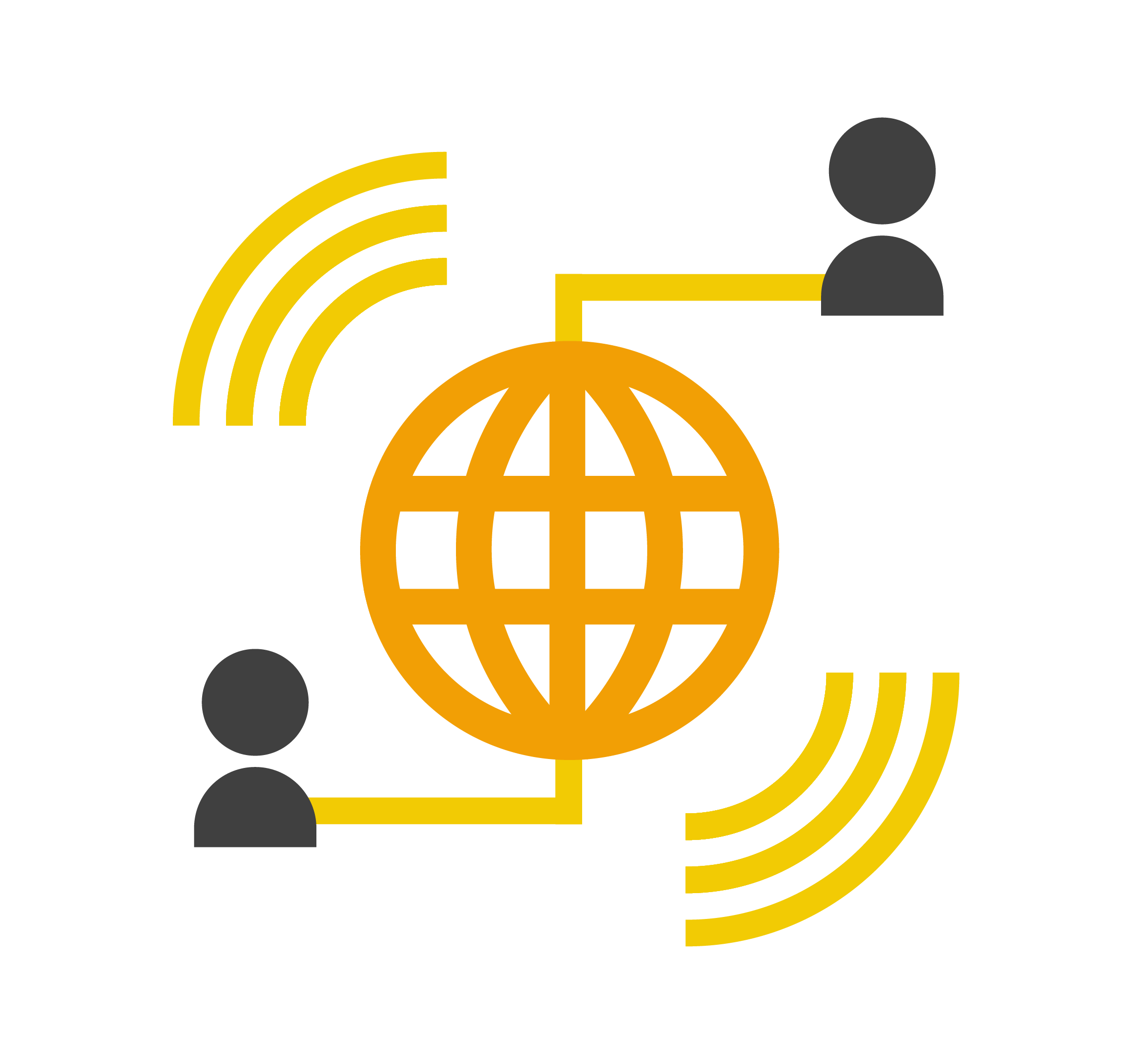
Furlough Pay Calculator and Claim Report
BrightPay has a furlough pay calculator, including support for flexible furlough, to help users calculate an employee's furlough pay each pay period. BrightPay also has a CJRS claim report to make it easier for the user when making a claim via HMRC’s online claim portal.
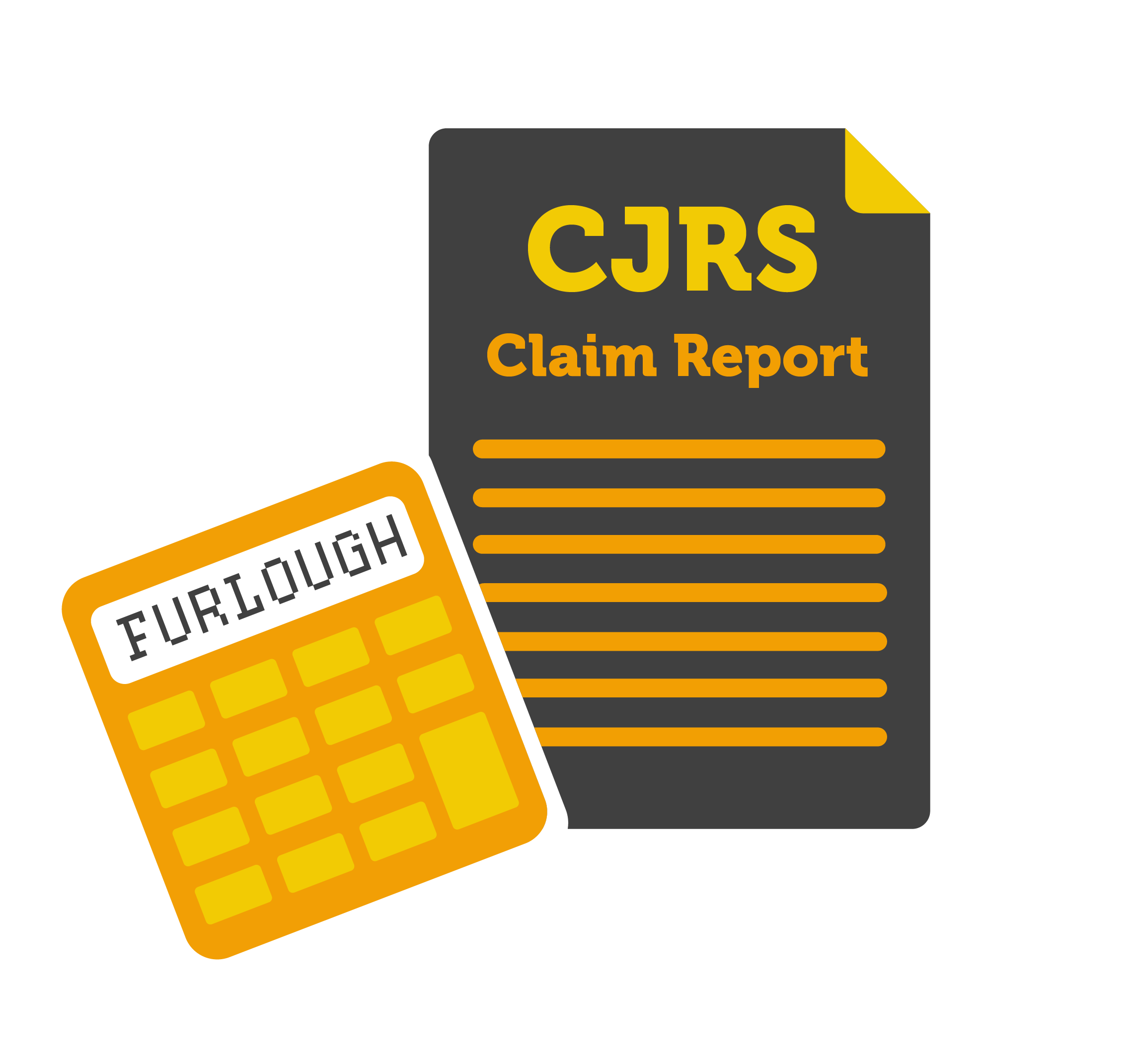
Batch Payroll Processing Capabilities
With BrightPay’s batch payroll processing, you can finalise payslips, check for coding notices and send outstanding RTI and CIS submissions to HMRC for multiple clients at the same time. This will allow you to save time on manual, repetitive tasks, especially if you have a number of payrolls that don’t change from week to week or where a large number of single-director companies are on the payroll software.
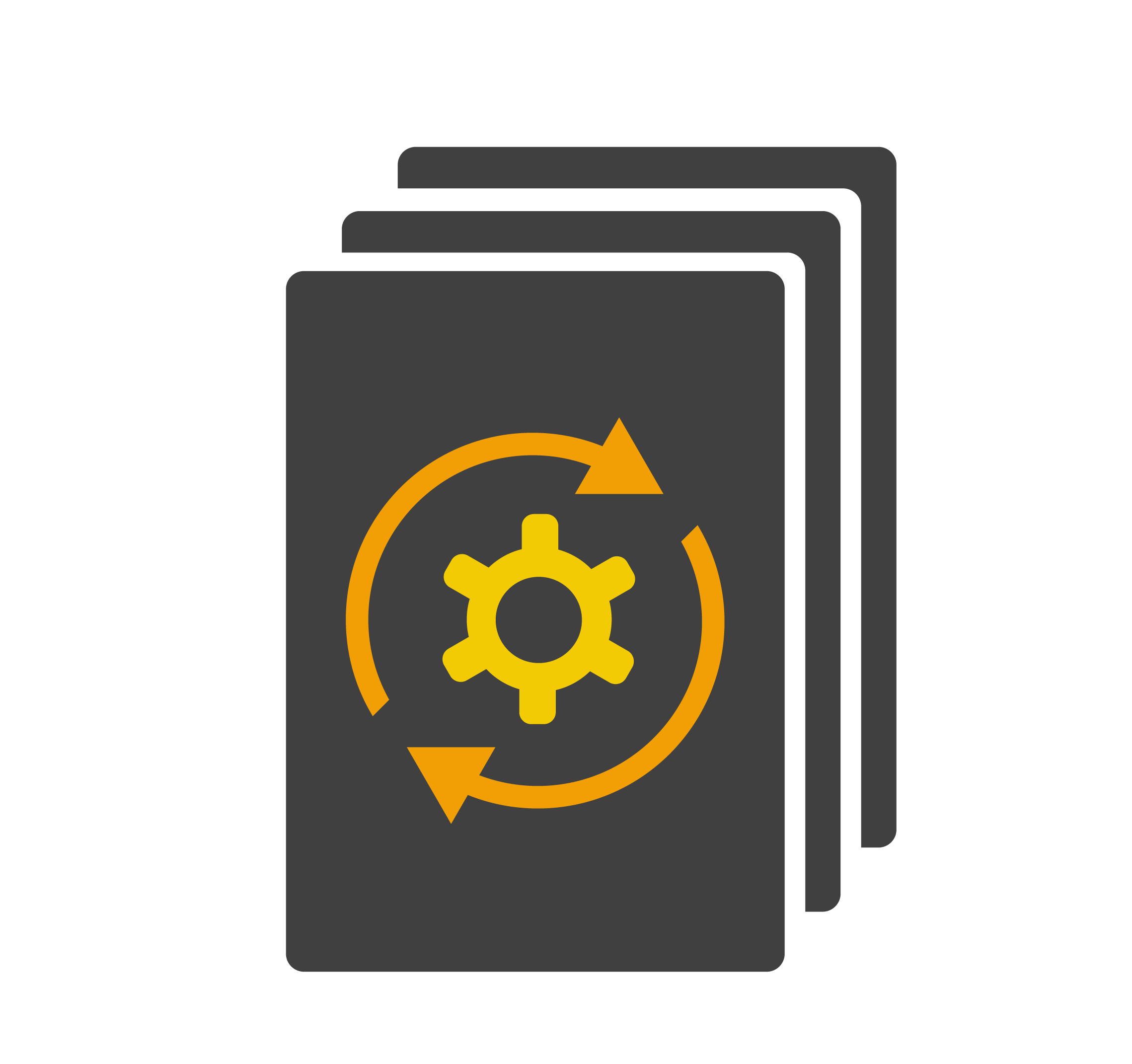
Integration with Accounting and Pension Systems
BrightPay includes direct API integration with various accounting and pension systems. Send payroll journals directly to your general ledger from within BrightPay. Send auto enrolment files directly to the pension provider at the click of a button.

Online Client & Employee Portals
Invite clients to their own secure online dashboard. Clients can upload timesheets, approve the payroll, notify you of payroll changes, access employee payslips, run payroll reports and much more. Employees also have self-service access to payroll and HR information via an employee smartphone and tablet app.
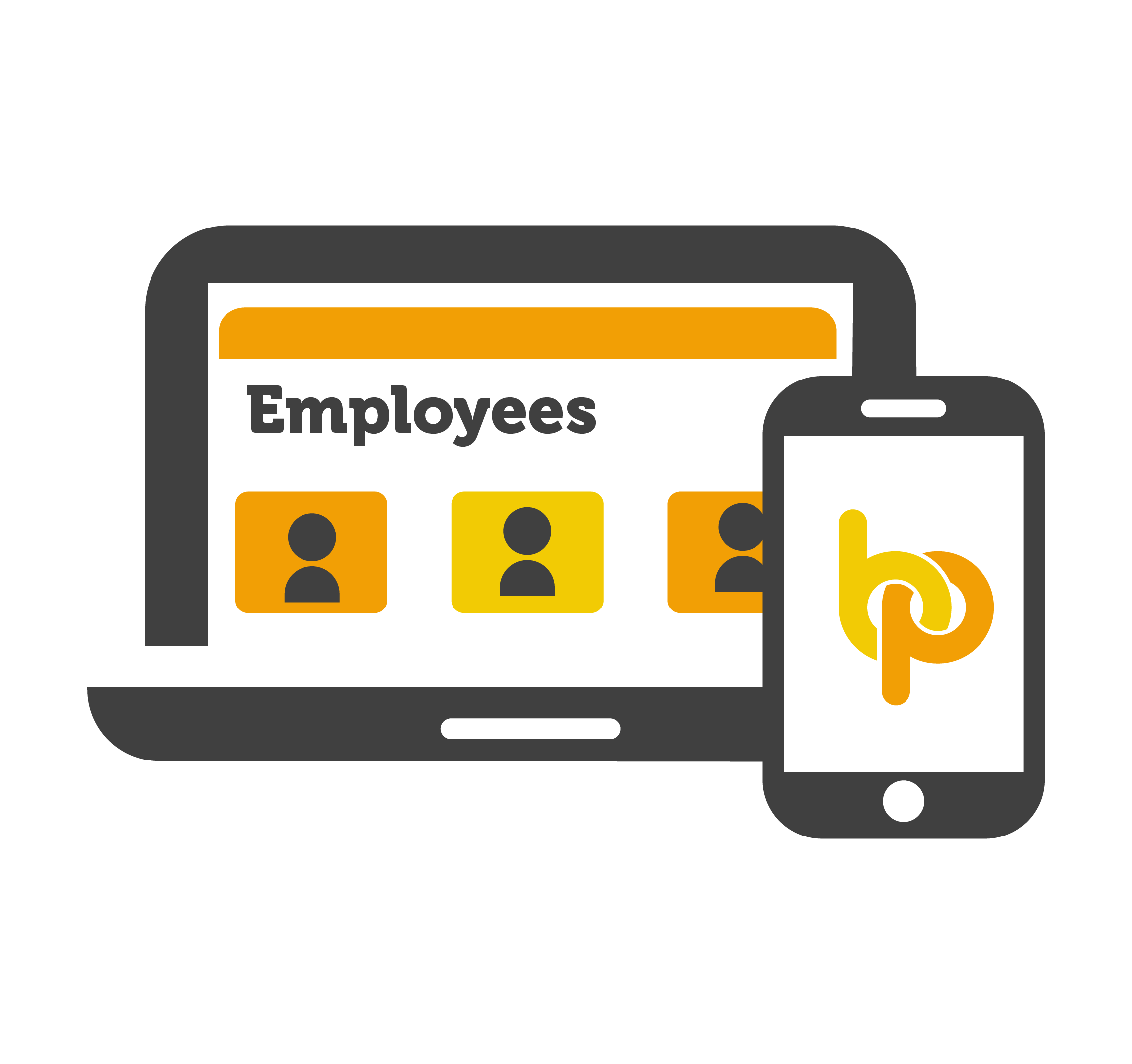
Pay Employees Directly from BrightPay
BrightPay’s new functionality will give you a fast, secure and easy way to pay employees through BrightPay. Eliminate the need to create bank files and the manual workload associated with making payments to employees.

Free Webinar for Accountants & Payroll Bureaus
Don’t let the fear of switching payroll software hold you back. Register for this free webinar to discover top tips for making the transition to BrightPay as seamless as possible.
Book a demo today to discover more ways that you can automate your payroll processes. With payroll automation, simple furlough processing, and multi-user remote working capabilities, you can turn payroll into the quick and easy process it should be.
Related articles:
Mar 2021
4
Customer Update: March 2021
Welcome to BrightPay's March update. Our most important news this month include:
-
Budget 2021 – An Employer Focus
-
BrightPay 2021/22 is Now Available to Pre-Order
-
Year End - Frequently Asked Questions
BrightPay 2021/22 is Now Available to Pre-Order
BrightPay 2021/22 is scheduled for release the week commencing 22nd March. We will send you another email once it is released and ready to download.
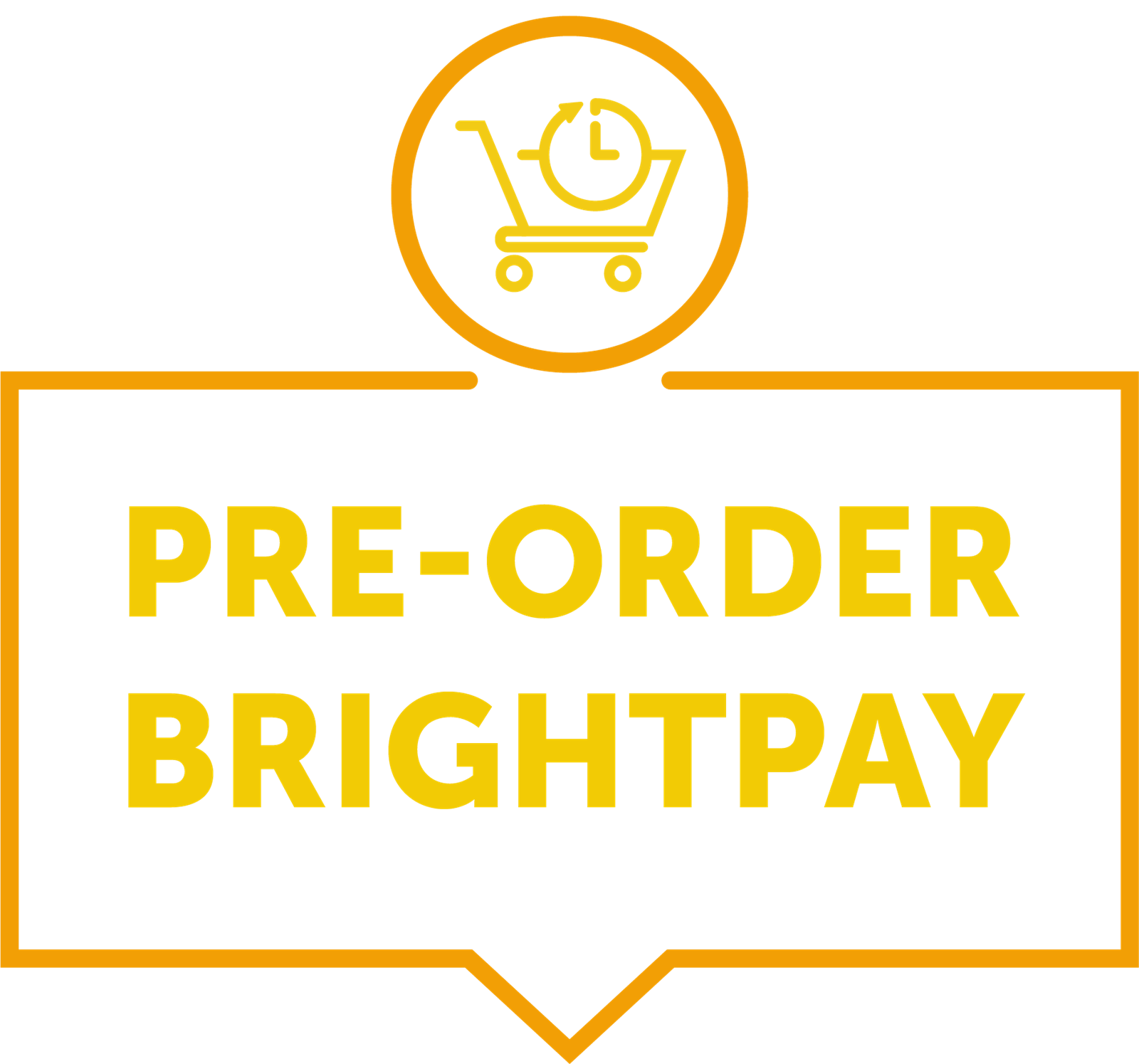
Top Tips for Migrating your Payroll to BrightPay
In this webinar, we explore the benefits associated with switching to BrightPay. Plus, discover some top tips for making the transition to BrightPay as seamless as possible.
Free Webinar | IR35 Reforms - Are you Ready?
Discover how to comply with the upcoming changes to the off-payroll working rules, and how they will affect your business and payroll processes. Guest Speaker: Jas Jhooty, emTax
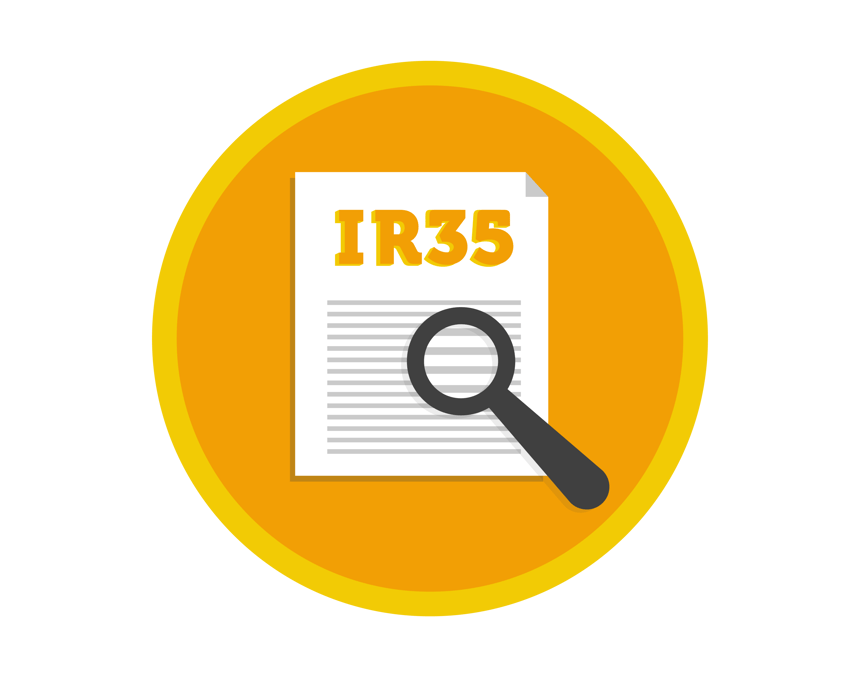
Pay Employees Directly from BrightPay – Coming in BrightPay 21/22
BrightPay’s new functionality will give you a fast, secure and easy way to pay employees through BrightPay. Eliminate the need to create bank files and the manual workload associated with making payments to employees.
Another Furlough Extension, Another Set of Changes
The furlough scheme has been extended for a further five months until the end of September, with the scheme winding down from July. In this webinar, we look at how the scheme rules are going to change between now and September.

New and Improved Multi-User Features are on the way
We are introducing new multi-user features that work in conjunction with BrightPay Connect to improve the working from home experience, including an 'other users' check and a 'latest version' check.
Feb 2021
25
Get ready for April: IR35 rule changes in full-effect
It feels like it has dragged on for a long time, but the government’s much talked about changes to IR35 are finally kicking in from April 2021. These rules aren’t, of course, ‘new’. They’ve been in effect in the public sector for years. Indeed, IR35 has been in the pipeline since the turn of the Millennium. It’s simply that it’s only just trickled through to the private sector. April 2021 is simply the private sector catching up.
So what’s changing for private sector companies? As you may know, businesses will have to determine whether a contractor falls inside or outside IR35. So, the onus has been shifted onto the business to deduct the right tax and National Insurance contributions (NICs) and pay this directly to HMRC on behalf of the worker through RTI.
A small change with a big impact
If you employ contractors, you are now responsible for deciding whether the rules should apply and making sure they and their workers' pay the right tax. Critics have said this outsources compliance work to businesses. In effect, these critics are right. But that’s little solace for the many businesses who now have to reorient the way they work contractors.
The good news is that your only focus for these ‘off-payroll workers’ is tax and NICs. Off-payroll workers are not entitled to receive:
- Statutory payments: Statutory sick pay, statutory maternity pay, statutory adoption pay, statutory paternity pay, shared parental pay or statutory bereavement leave
- National Minimum Wage/ National Living Wage rates
- Annual leave entitlement / holiday pay
- Student Loans or Postgraduate Loans
- Automatic enrolment pension scheme contributions
This substantially decreases the complexity of what a business needs to do. The potential financial penalties of getting it wrong, however, are significant.
A blanket approach isn’t compliant
There is a right way and a wrong way to comply with IR35 rules. Just putting all contractors ‘inside IR35’ and hoping for the best isn’t good enough.
You can use HMRC’s online tool to assess whether that freelancer you're working with should be classified as an off-payroll worker. Your payroll software needs to be IR35 ready, too. BrightPay will be able to cater for workers who are inside IR35. Once an employee is set up in BrightPay as an off-payroll worker, some settings will be automatically disabled, including student loans, postgraduate loans, directorship, and annual leave entitlements.
Click here to discover how BrightPay caters for IR35.
Free IR35 Webinar
BrightPay is hosting a free IR35 webinar with industry expert Jas Jhooty, Director at emTax. Discover how to comply with the upcoming changes to the off-payroll working rules, and how they will affect your business and payroll processes. Plus, learn how you can obtain ‘outside IR35’ SDS rulings for as many contractors as possible to keep 'inside IR35’ contractors to a minimum and reduce costs from April 2021.
Limited places available - click here to book your place now.
Related Articles:
Feb 2021
2
Customer Update: February 2021
Welcome to BrightPay's February update. Our most important news this month include:
-
New Proposed Statutory Payment Rates Announced for 2021-22
-
Self Assessment late filing penalty deadline extended to 28th February
-
Free webinar: A recap of recent furlough changes
-
Changes to the Kickstart Scheme
How to spend less time on payroll & furlough
In the past year, the role of the payroll processor has been made even more complex than ever before with furlough calculations and working from home. It’s now more important than ever before to automate payroll tasks. In this free webinar, we look at how integrated payroll and accounting systems can help reduce time wasted on manual work. Places are limited.
Are you ready for the changes to IR35?
From April 2021, the rules in relation to off-payroll workers are due to change for contractors working with medium to large sized clients in the private sector. BrightPay will be able to cater for workers who are inside IR35.
Coming in February: BrightPay Connect supports two-factor authentication sign in
With two-factor authentication, you can add an extra layer of security to the employer login on your BrightPay Connect account in case your password is stolen. Instead of only entering a password to log in, you’ll also enter a code or use a security key.
10 Benefits of using a Cloud Payroll Portal to Manage Employees Annual Leave
COVID-19 has created many new challenges for organisations processing their employees’ annual leave entitlements. As more people are now working remotely, it is likely that organisations’ annual leave request methods are no longer adequate. Discover ten benefits of using BrightPay Connect to manage your staff’s annual leave.
Switching to BrightPay: Free Migration Consultation
Book a demo today to avail of a free migration consultation with the BrightPay team. You will be assigned a dedicated account manager to help you through the setup process, ensuring a smooth transition to BrightPay. Don't delay - migration appointments are filling up fast!
COVID-19 & the big shift to bringing payroll in-house to safeguard jobs
The impact of COVID-19 has seen a growing shift towards businesses bringing their payroll in-house to save money and reduce the risk of employee redundancies. Register for our free webinar to discover the benefits that businesses can gain by making the switch to bringing their payroll in-house.
Jan 2021
12
Customer Update: January 2021
Welcome to BrightPay's January update. Our most important news this month include:
-
3 simple ways to automate your payroll
-
BrightPay: The heroes that were needed for payroll professionals
-
How to manage COVID-19 related statutory sick pay
-
From the support desk: Annual leave entitlement methods in BrightPay
Free Webinar: Optimising your payroll offering to improve profitability
Many accountants would say that offering payroll as a service is not necessarily cost-effective and that it can be a very time-consuming process. But this doesn’t need to be the case. In this webinar, we explore various ways that accountants can automate payroll processes, and ultimately, become more profitable.
Payroll in the Connected Era: How integration has transformed the world of payroll
During this webinar, BrightPay will discuss the benefits of integrating your payroll and accounting software. We will also demonstrate how you can streamline the entire process from start to finish. Discover how you can free up time for you to spend on other tasks that really need your attention.
Why employees love self-service apps (And you should too!)
Today’s employees are accustomed to having information readily available. An employee portal can help fulfil that expectation with the added benefit of creating workflow efficiencies. The employee self-service app eliminates the burden of sending payslips, updating personal information, approving annual leave requests and answering leave balance enquiries for the payroll department.
HMRC announce more furlough changes for 2021
HMRC have set out the detail of how the CJRS will operate from 1st February onwards, including a further extension to 30th April 2021. Join us on 2nd February as we recap upcoming changes to the furlough scheme and what these changes mean for your business. Plus, we will share some of the key lessons learned from processing payroll in a pandemic, and how it prepares us for payroll in the ‘next normal’.
Key payroll changes to keep an eye on in 2021
If 2020 has taught us anything it’s that you never know what’s around the corner. All the plans and predictions we made for this year fell through our fingers with the pandemic and global recession. Here we look at three things that are likely to happen in 2021 which those working in payroll need to keep an eye on. It’s always good to be prepared!
Dec 2020
21
BrightPay's Christmas Opening Hours
The management and staff at BrightPay would like to thank you for your valued custom in 2020 and to take this opportunity to wish you a Merry Christmas and a prosperous New Year.
Here are our opening hours for the Christmas period:
| Monday 21st | 09:00 - 13:00 | 14:00 - 17:00 |
| Tuesday 22nd | 09:30 - 13:00 | 14:00 - 17:00 |
| Wednesday 23rd | 09:00 - 13:00 | 14:00 - 17:00 |
| Thursday 24th | Closed |
| Friday 25th | Closed |
| Saturday 26th | Closed |
| Sunday 27th | Closed |
| Monday 28th | Closed |
| Tuesday 29th | 09:30 - 13:00 | 14:00 - 17:00 |
| Wednesday 30th | 09:00 - 13:00 | 14:00 - 17:00 |
| Thursday 31st | 09:00 - 13:00 | 14:00 - 17:00 |
| Friday 1st | Closed |
Call us on 0345 939 0019, email us at support@brightpay.co.uk or complete our online form.
Dec 2020
1
Customer Update: December 2020
Welcome to BrightPay's December update. Our most important news this month include:
-
3 Things In Payroll To Keep An Eye On In 2021
-
Furlough Extension: Full Guidance Published - Here’s a Recap
-
BrightPay’s Response to COVID-19
Important HMRC update: Extended furlough scheme
Still confused about the extended furlough scheme? Don’t worry, you’re not alone. In this webinar, we deep-dive into what you need to know about the extension of the Coronavirus Job Retention Scheme and what it now means for your business.
Is moving to the cloud the best way to manage compliance during COVID-19?
Anyone involved in managing a payroll will acknowledge that compliance is one of their biggest challenges. COVID-19 has made this task even more difficult. The big question was, how do we maintain strict control over payroll data and processes while away from the office? With workforces now dispersed, here’s how BrightPay Connect can help you.
Payroll & COVID-19: Growth and profit opportunities in challenging times
Payroll bureaus are urged to plan and prepare for the upcoming challenges COVID-19 brings to their payroll services. Now is the time to plan and future-proof your payroll bureau for survival. This guide lifts the lid on how to safeguard your payroll services for profit and mitigate against upcoming COVID-19 scheme changes.
COVID-19 and the challenge of pricing your payroll services
GoProposal and BrightPay discuss how to address the challenge that most accountants face, over-servicing and under-charging. We look at how technology will be key to the future profitability of your payroll service (and why clients should expect to pay for it). Learn how new automation turns daunting payroll tasks into smooth and profitable tasks.
Furlough Extension: Full Guidance Published - Here’s a Recap
With the furlough scheme due to end back in October, and a replacement Job Support Scheme due to begin in November (and then promptly being cancelled again) you could be forgiven for being a little confused over the current status of the furlough scheme. Here we look at what the newly extended furlough scheme means for your business.
Streamline Annual Leave Management this Christmas
It’s safe to say that Christmas is going to look very different for all of us this year. But the one thing that will remain the same is employees wanting time off over the holiday period. But don’t worry, we’re here to take the pain out of managing your employee leave this Christmas with BrightPay Connect.
Nov 2020
3
Customer Update: November 2020
Welcome to BrightPay's November update. Our most important news this month include:
-
BrightPay announces API integration with AccountsIQ
-
New coronavirus fines introduced for employers
-
Why are BrightPay the perfect payroll partner during challenging times?
-
Switching payroll software providers? Ask these 10 questions first
The Original Furlough Scheme is back: Who can claim?
The Coronavirus Job Retention Scheme (CJRS) was due to come to an end on 31st October 2020. However, with further COVID-19 restrictions announced, the CJRS has been extended for another month until 30th November 2020. This also means that the introduction of the Job Support Scheme, which was due to start on 1st November 2020, has been postponed until December.
COVID-19 & achieving business continuity in the cloud
In the ‘new normal’, employers and employees expect to access their payroll information in the cloud. Self-service online portals are changing the way businesses interact and communicate with their employees, whilst providing the cloud functionality to get things done smarter and faster. BrightPay Connect enables clients to submit employee hours, approve the payroll run, manage their employees’ leave, run payroll reports and much more.
Safeguard your payroll against COVID-19
In this guide, we look at how you can overcome payroll processing inefficiency in a crisis. Discover top tips to ensure COVID-19 does not slow down your bureau’s payroll processing and how you can respond quickly and effectively to avoid disruption in the future.
Free webinars: HMRC updates, redundancy and safeguarding your payroll
Join our payroll and HR experts in our upcoming webinar as they talk through a range of topics, including the extended CJRS, the Job Support Scheme, HMRC updates, redundancy, API integration with accounting software and safeguarding your payroll against COVID-19. Guest speakers include AccountsIQ & GoProposal. Limited places available.
Reduce payroll overheads to futureproof against the impact of COVID-19
As businesses look at creative ways to save jobs, many are moving to reduce their business overheads. Savvy businesses have already saved thousands by opting for a payroll provider that does not have an additional charge for auto enrolment, CIS or customer support. BrightPay is one of the most competitively priced payroll software on the market with no contract ties. Making simple changes and investing in payroll solutions with integrated cloud access can save money, improve productivity and increase profits.




